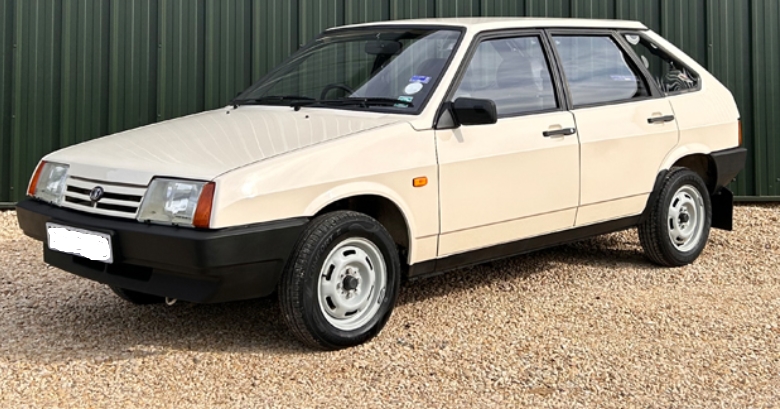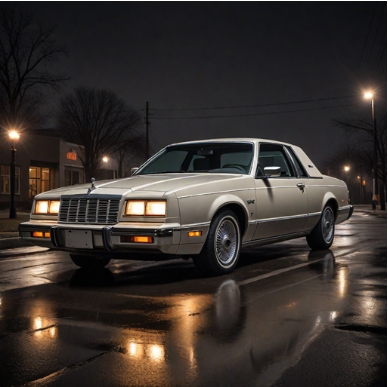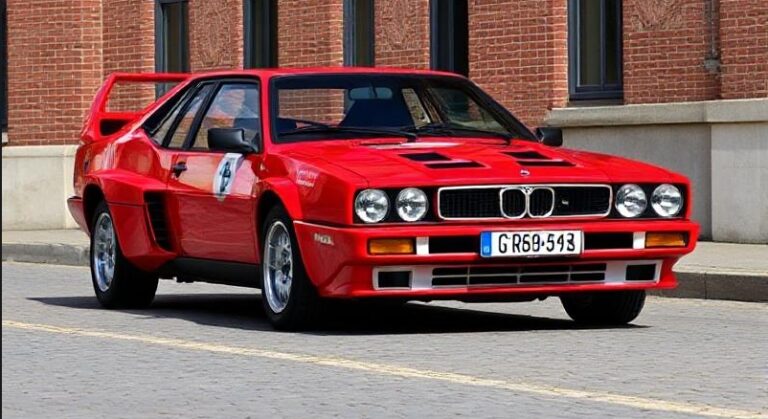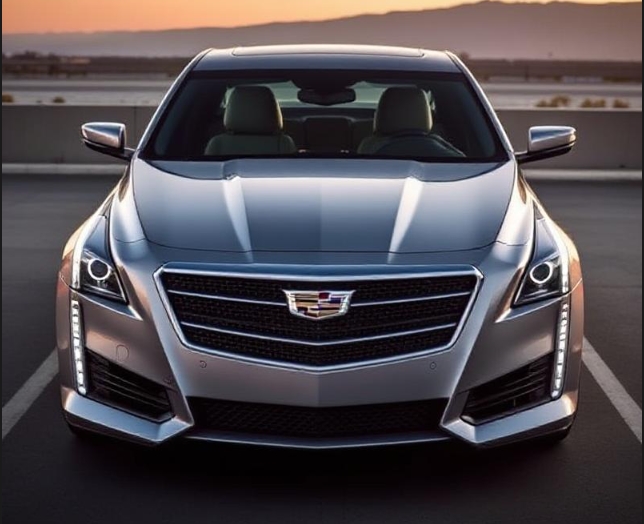The Evolution of the Lada Samara
The Lada Samara, a small family car produced by the Soviet and later Russian automaker AvtoVAZ, holds a significant place in automotive history. Introduced in the early 1980s, it was designed to meet the needs of a rapidly modernizing Soviet Union and later expanded into international markets. Over its production span, the Samara underwent numerous updates, variants, and facelifts, reflecting both technological advancements and changing consumer preferences. This article provides an in-depth chronological overview of the Lada Samara’s development, detailing its production years, models, and trim levels.
Origins and Introduction (1984)
The Lada Samara was officially launched in 1984 as a successor to the Lada 2109. Its development was part of a broader initiative by AvtoVAZ to modernize its lineup with more contemporary design and engineering. The Samara was initially developed as a compact hatchback, with the goal of appealing to a broader market segment both within the Soviet Union and abroad.
Design & Engineering:
The design was influenced by European hatchbacks, featuring a more aerodynamic shape compared to previous Lada models. Built on the VAZ-2108 platform, the Samara incorporated front-wheel drive and a transverse engine layout, marking a significant departure from the rear-wheel-drive models that had dominated Lada’s lineup.
Initial Models and Trim Levels (1984):
The early Lada Samara was available in two primary body styles: a hatchback (most common), and a sedan. The initial trims included:
- Lada Samara 2108: Base model, equipped with a 1.3-liter SOHC engine producing approximately 64 horsepower.
- Lada Samara 21083 (LSE): Equipped with additional features such as better interior trim and more comfort options.
The 1980s: Early Years and Variants
Mid-1980s Updates:
By 1986, the Samara lineup expanded with several variants aimed at increasing market appeal:
- Lada Samara 21083: A more luxurious version with enhanced interior features.
- Lada Samara 21083i: Included fuel-injected engines, offering improved performance and efficiency.
Engine Options:
Initially, the Samara was powered by a 1.3L engine, with later versions introducing a 1.5L engine (around 75 horsepower). The 1.5L was available in some markets and provided better performance.
Introduction of the 4-Door Sedan (1987):
While the hatchback remained the primary body style, the sedan version (VAZ-21099) was introduced, targeting those seeking a more conventional family car.
Early 1990s: Facelift and Expanded Lineup
1989-1992 Facelift:
In 1989, the Samara received a significant facelift, which included:
- Redesigned front and rear fascias.
- New lighting elements.
- Interior updates for better comfort.
The facelifted models retained the same engine lineup but featured minor improvements in performance and reliability.
New Models and Trim Levels:
During this period, the lineup was diversified further with trims such as:
- Lada Samara 2109: The hatchback version with various equipment levels.
- Lada Samara 21099: The sedan variant.
- Lada Samara 21093: A station wagon version introduced to expand versatility.
Engine Variations:
The 1.5L engine remained standard, with some markets receiving a 1.6L engine (around 80 horsepower), further enhancing the car’s appeal.
Special Editions:
Limited editions and export models occasionally appeared, often with upgraded trim levels, such as:
- “Lux” versions: Featuring improved interior finishes, better upholstery, and added comfort features.
- “Sport” editions: Incorporating sportier styling cues and sometimes minor performance tweaks.
The 1990s: Refinements and International Expansion
Continued Production (1992-2013):
The Lada Samara’s production extended well into the 2000s, with various updates to meet evolving safety and emissions standards, especially in export markets.
Major Facelift (1994):
In 1994, the Samara underwent another significant facelift, which included:
- Redesigned front grille and bumpers.
- New headlight and taillight designs.
- Interior upgrades for improved comfort and ergonomics.
Introduction of the Samara 1500i (1995):
This version featured a 1.5-liter fuel-injected engine, improving power and fuel economy.
Trim Levels (mid-1990s):
The lineup offered multiple trims, including:
- Standard: Basic features, manual windows, and minimal interior trim.
- Lux: Upgraded interior, better upholstery, and additional features like a cassette player.
- Sport: Sportier styling, alloy wheels, and occasionally more powerful engines.
- Executive: Higher-end trims with additional comfort features, better interior materials, and sometimes air conditioning.
Regional Variants & Export Models:
In export markets, especially in Europe and Latin America, the Samara was adapted to meet local standards, often with different engine options and trim levels.
The 2000s: Continued Production and Modernization
Despite the global decline in the popularity of the Samara, production continued in Russia and some export markets into the early 2000s, with minor updates.
2000-2005 Updates:
These included:
- Improved safety features such as reinforced bumpers and better lighting.
- Slight interior upgrades.
- Introduction of more environmentally friendly engine variants to comply with stricter standards.
Trim Levels in the 2000s:
The lineup generally included:
- Basic: Entry-level, with minimal features.
- Standard: Slightly better equipment.
- Luxury: Equipped with air conditioning, power accessories, and upgraded upholstery.
- Sport and Special Editions: Occasionally released with unique styling cues.
End of Production in Russia:
By 2013, the Lada Samara was officially discontinued in Russia, marking the end of its long and varied production run.
.
We LOVE cars & cruising around, but sometimes day trips to explore new cities are required (with family or friends) for a spice of variety in your life!
So GO explore!
Cruises & Day/Night City Tours to: Baltimore, Boston, Chicago, Marina Del Ray, New York, Niagara, Philadelphia, San Diego, San Francisco, Toronto, Washington DC, etc.:

.
Legacy and Impact
The Lada Samara was notable for its affordability, simplicity, and durability, qualities highly valued in its primary markets. Its design evolution reflected the technological shifts in the automotive industry, moving from rear-wheel-drive traditional models to front-wheel-drive modern hatchbacks. The model’s extensive lineup, from basic trims to more luxurious versions, allowed it to serve a broad demographic.
While it never achieved the global fame of some Western or Japanese cars, the Samara was a critical model for AvtoVAZ, helping the company expand its reach domestically and into several international markets, including Eastern Europe, Latin America, and Africa.
Summary of Key Years and Models:
| Year Range | Major Updates / Models | Notable Features / Engines |
|---|---|---|
| 1984–1989 | Introduction, initial trims | 1.3L, 1.5L engines, hatchback & sedan |
| 1989–1992 | Facelift, expanded lineup | Redesigned fascias, new trims, 1.6L engines |
| 1992–1994 | Second facelift | Improved styling, interior, safety features |
| 1994–2000 | Further updates | Introduction of fuel-injected engines, trims |
| 2000–2013 | Final production phase | Minor updates, compliance upgrades |
Conclusion
The Lada Samara’s evolution from a modest Soviet hatchback to a versatile global model illustrates the broader trends in automotive design and engineering over three decades. Its longevity and adaptability demonstrate its importance in the history of affordable motoring, especially within markets seeking reliable, economical vehicles. Despite its eventual discontinuation, the Samara remains an icon of Soviet and Russian automotive engineering, representing an era of practical, robust, and accessible car manufacturing.







